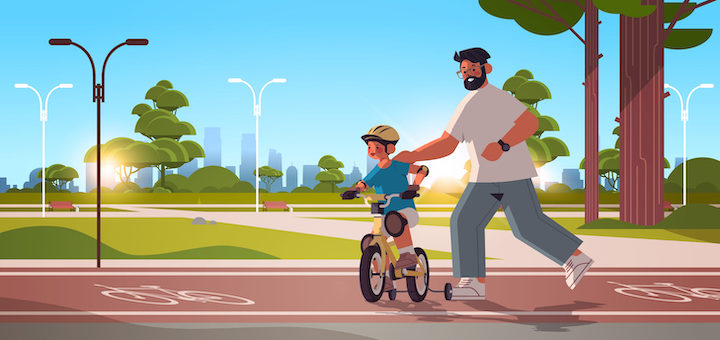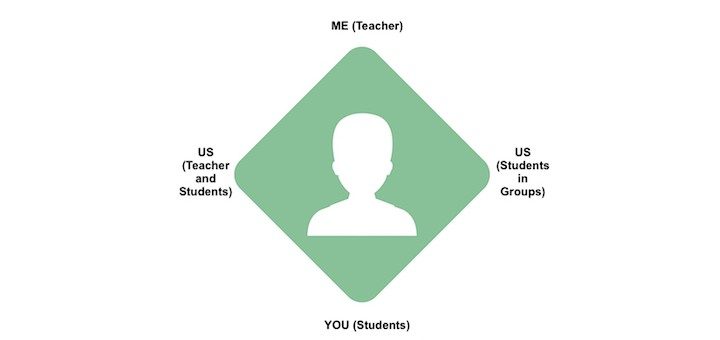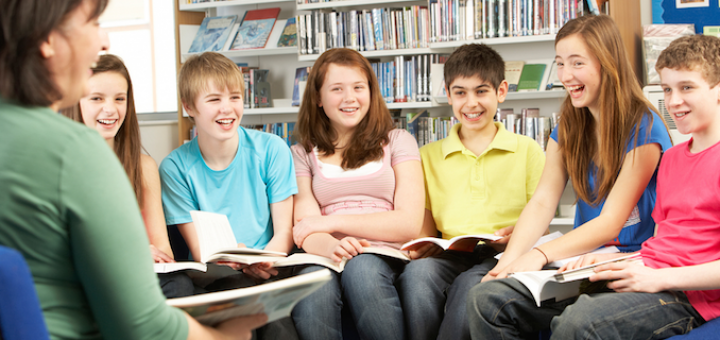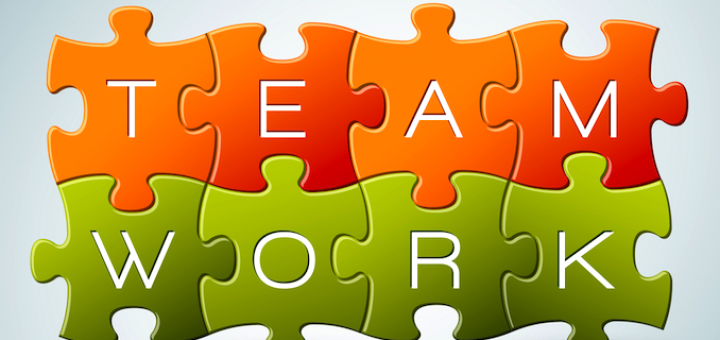Tagged: Gradual Release of Responsibility
Letting Go Is Messy will explore ins and outs of gradually releasing responsibility. Join literacy coaches Sunday Cummins and Julie Webb as they blog about strategies to help teachers make the critical decisions necessary to nurture each student’s sense of agency and identity.
For years teachers have used the gradual release model to shift ownership and responsibility by degrees from themselves to students. In a remote setting, gradual release is often even more important, as students need structure to learn. Barbara R. Blackburn shows how.
When teachers think of learning centers, we often identify them with K-3 classrooms. Katherine McKnight shows how the model can be expanded and adapted for middle schoolers, incorporating the essentials of collaborative learning, content knowledge acquisition, and more.
Each school year Cheryl Mizerny’s 6th graders explore three whole novels as a class. In this post, she shares the 10 techniques she’s developed to maximize the experience, including “reading like writers” and applying fiction’s life lessons to their own world.
For ELA teacher Cheryl Mizerny, the most effective learning strategy often begins with students working collaboratively in small groups. Mizerny shows how this works during a Grammar, Usage & Mechanics lesson and another on the characteristics of personal narrative.
In the 2nd edition of Better Learning Through Structured Teaching, Douglas Fisher and Nancy Frey use specific classroom examples and deep knowledge in the field to explain how students can become independent learners. Sarah Cooper says read it now!




















